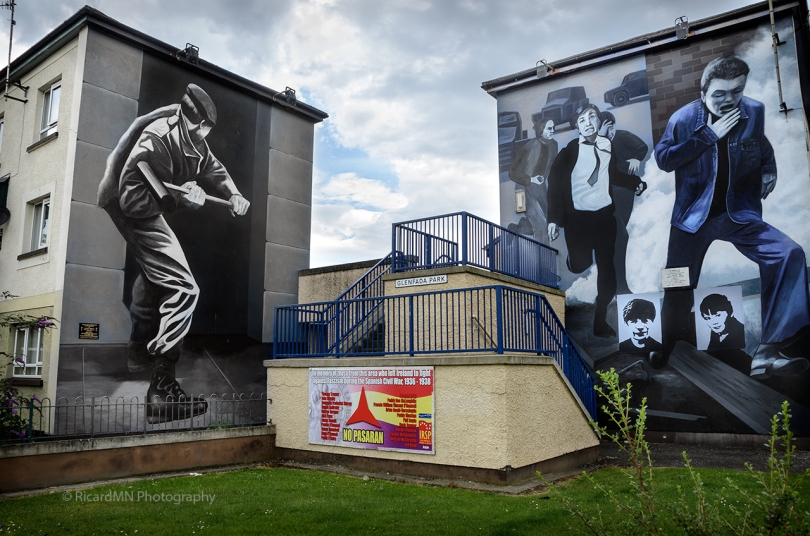© RicardMN Photography
B&W photographs of Burma by RicardMN Photography.
http://ricardmn-photography.pixels.com/
Music: Silk Road – Kitaro.
Myanmar, officially the Republic of the Union of Myanmar and formerly known as Burma, is a sovereign state in Southeast Asia. Myanmar is bordered by India and Bangladesh to its west, Thailand and Laos to its east and People’s Republic of China to its north and northeast. To its south, about one third of Myanmar’s total perimeter of 5,876 km (3,651 mi) forms an uninterrupted coastline of 1,930 km (1,200 mi) along the Bay of Bengal and the Andaman Sea. The country’s 2014 census counted the population to be 51 million people. As of 2017, the population is about 54 million. Myanmar is 676,578 square kilometers (261,228 square miles) in size. Its capital city is Naypyidaw, and its largest city and former capital is Yangon (Rangoon).
Early civilisations in Myanmar included the Tibeto-Burman-speaking Pyu city-states in Upper Burma and the Mon kingdoms in Lower Burma. In the 9th century, the Bamar people entered the upper Irrawaddy valley and, following the establishment of the Pagan Kingdom in the 1050s, the Burmese language, culture and Theravada Buddhism slowly became dominant in the country. The Pagan Kingdom fell due to the Mongol invasions and several warring states emerged. In the 16th century, reunified by the Taungoo Dynasty, the country was for a brief period the largest empire in the history of Mainland Southeast Asia. The early 19th century Konbaung Dynasty ruled over an area that included modern Myanmar and briefly controlled Manipur and Assam as well. The British took over the administration of Myanmar after three Anglo-Burmese Wars in the 19th century and the country became a British colony. Myanmar was granted independence in 1948, as a democratic nation. Following a coup d’état in 1962, it became a military dictatorship.
For most of its independent years, the country has been engrossed in rampant ethnic strife and its myriad ethnic groups have been involved in one of the world’s longest-running ongoing civil wars. During this time, the United Nations and several other organisations have reported consistent and systematic human rights violations in the country. In 2011, the military junta was officially dissolved following a 2010 general election, and a nominally civilian government was installed. This, along with the release of Aung San Suu Kyi and political prisoners, has improved the country’s human rights record and foreign relations, and has led to the easing of trade and other economic sanctions. There is, however, continuing criticism of the government’s treatment of ethnic minorities, its response to the ethnic insurgency, and religious clashes. In the landmark 2015 election, Aung San Suu Kyi’s party won a majority in both houses. However, the Burmese military remains a powerful force in politics. (From Wikipedia).
Canvas, framed, acrylic and metal prints / Art prints / Greeting cards / Phone cases / Throw pillows
RicardMN Photograpy’s Facebook Page – RicardMN Photography’s Pinterest









